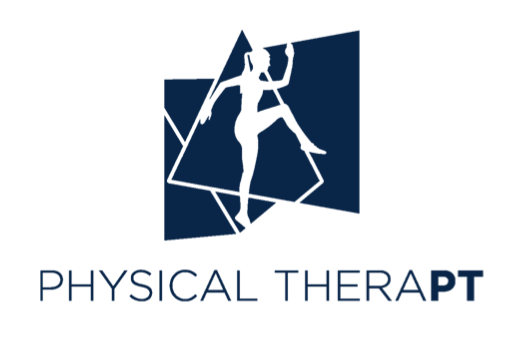Clinicians often recommend limiting time and intensity of workouts to allow for greater recovery time, decreased tissue stress and improved healing. By overloading a injured area either too soon, or too often, the athlete can see regressions in function, pain and dysfunctional mechanics. Yet, for the avid athlete, being told to decrease workout volume can feel disorienting. Aqua jogging can be a safe alternative for many athletes in this predicament, including those recovering from:
Stress-related bone injuries: stress response, stress reaction or stress fracture
Tendinopathies of the leg, including gluteal, hamstring and achilles tendinopathy
Surgical repair of a major injury, including FAI, labral, ACL or a meniscus repair
Aqua jogging can also be a great accessory workout for those with a very high training volume to allow for a effective cardio workout at a decreased level of impact. For many, access to a pool is more convenient than an anti-gravity treadmill! By adding a reduced load workout to your routine, you can decrease your risk of injury.
In all cases, talk to your medical team to ensure you are ready to begin an aquatic rehab program.
Pro tips for a successful aqua jogging workout:
1) Choose the right equipment
Wear a minimally buoyant belt to allow for moderate challenge throughout your workout. Avoid ones that are bulky, ill-fitting or feel like an inner tube. Click the images below to view our recommendations.
2) It’s aqua jogging, not swimming
Stay upright, keeping your hips under your shoulders. Resist the urge to go horizontal as with swimming; this will be less effective when wearing a floatation belt.
3) You’re in water, not on land
Don't focus on moving forward, as this will happen naturally. Instead, pay attention to the level of effort you’re exerting, regardless of how quickly you traverse the pool.
4) Adjust your training volume to match
When cross-training specifically for distance running, a general rule of thumb is that you need to do 50% more in the pool to get the same cardio benefit as running on land. In other words, 45 minutes in the pool = 30 minutes of running.
To increase the challenge:
Intervals, intervals, intervals!
Just like with non-water workouts, varying the speed and intensity of your effort in waves can provide increased benefits. Using a timer or landmarks within the pool, challenge yourself to pick up the pace for a measurable interval. Based on your overall health, choose an appropriate recovery window. This can be time-based, for example resting the same, twice as much or half as much time it took you complete the challenging interval, or it can be biometrical, waiting for your heart rate to return to its pre-interval baseline.
Get a resistance band.
Select a band like this one and attach yourself to the wall, you can do "sprints" by creating more resistance than the water naturally provides.
Resistance bands can also be used if the pool is not deep enough throughout to do laps, you can do a stationary workout with this band by anchoring yourself to the wall or pool deck.
Remove the belt!
We recommend waiting until you feel confident with aqua jogging form is before taking this step. Taking it off too soon, even if you are a proficient swimming, will impact the overall quality of your workout.















